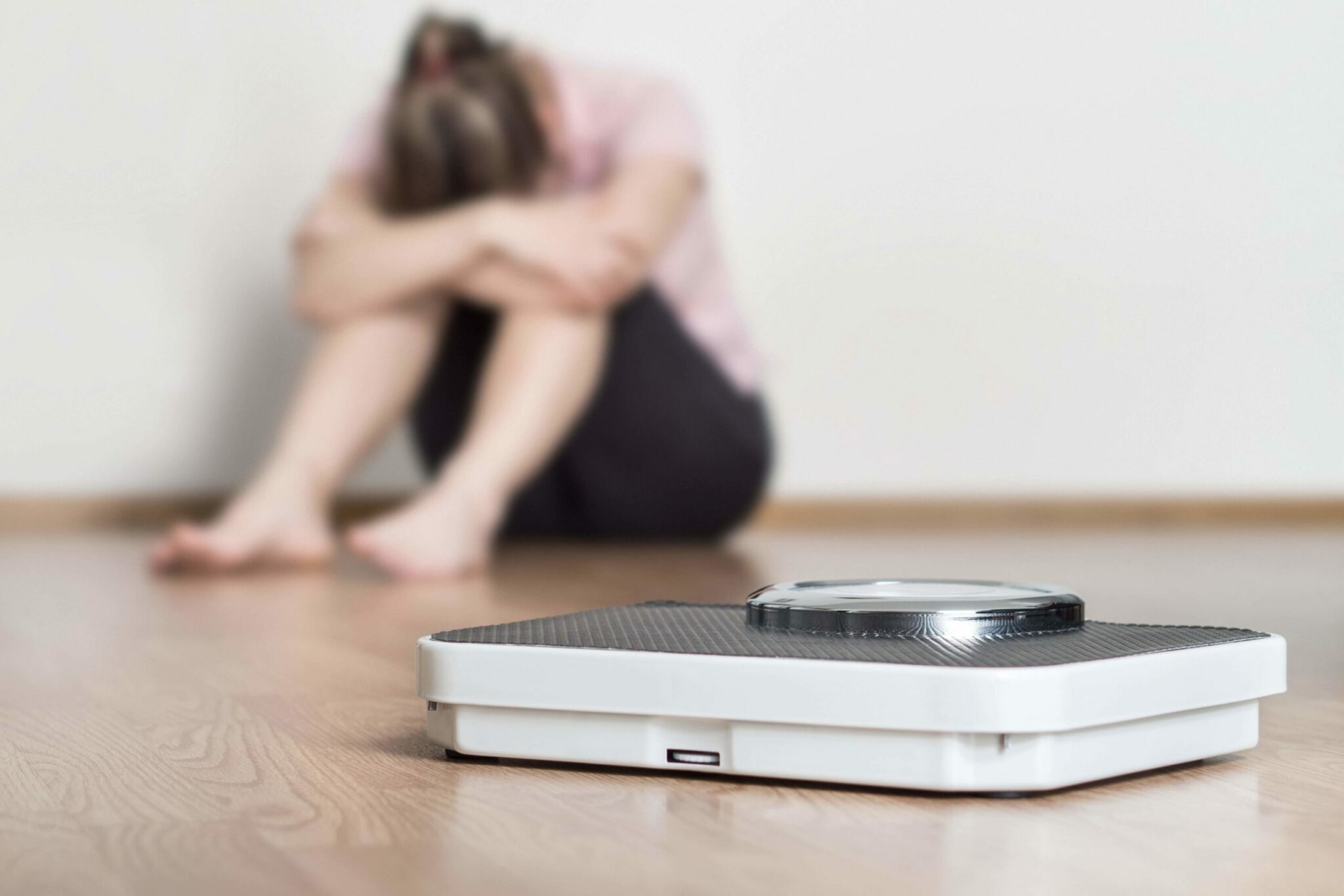Can Exercise Help to Manage Type 1 Diabetes?


- Type 1 diabetes is a chronic condition when the pancreas produces too little insulin.
- We need the hormone insulin to be allow our body to turn sugar into energy.
- Type 1 diabetes is not caused by lifestyle factors, unlike type 2 diabetes.
- Type 1 diabetes is often diagnosed in childhood and has no cure.
- Treatment of type 1 focuses on maintaining healthy blood sugar levels, exercise plays and important role.
Diabetes occurs when the body is unable to regulate its blood sugar levels. The three most widely known variants are type 1 diabetes, type 2 diabetes and gestational diabetes. Type 1 diabetes is less common.
What is type 1 diabetes
Type 1 diabetes mellitus (T1DM) is usually diagnosed during childhood. The body is unable to produce insulin so people with the condition require daily injections of insulin to regulate their blood sugar levels. There is currently no cure for T1DM and adopting lifestyle changes, such as regular exercise, will not make the condition go away. However, remaining physically active can improve your overall health.
How can regular exercise help T1DM?
Regular, moderate exercise has a significant effect on acute and chronic glycaemic control. There have been insufficient studies to determine the optimal type of exercise that will help with T1DM, however, aerobic training has been shown to improve cardiorespiratory fitness and reduce insulin resistance. People with T1DM diabetes are at a higher risk of experiencing hypoglycaemic events; however, brief periods of high intensity exercise can minimise this risk. There is also an overall reduction in mortality rates in those patients who undergo regular physical activity. The data is less well defined with regards to resistance training. Performed in combination with aerobic exercise, it likely has a beneficial effect, but the scientific evidence for it is limited.
Of course, patients with T1DM need to remain aware of their blood sugar levels both before and after exercise. Most beneficial effects are observed when exercise is undertaken in the postprandial period (1-3 hours after consuming a meal). However, if blood sugar levels fall below 100mg/dL or rise above 250mg/dL, additional care is warranted and stabilisation of levels should be obtained before exercise commences.
Read more about how exercise can help manage different types of diabetes.
___
Nabta is reshaping women’s healthcare. We support women with their personal health journeys, from everyday wellbeing to the uniquely female experiences of fertility, pregnancy, and menopause. You can track your menstrual cycle and get personalised support by using the Nabta app.
Get in touch if you have any questions about this article or any aspect of women’s health. We’re here for you.













































